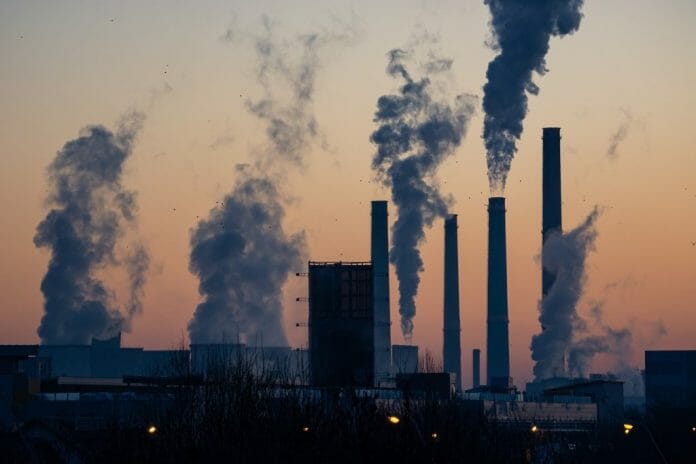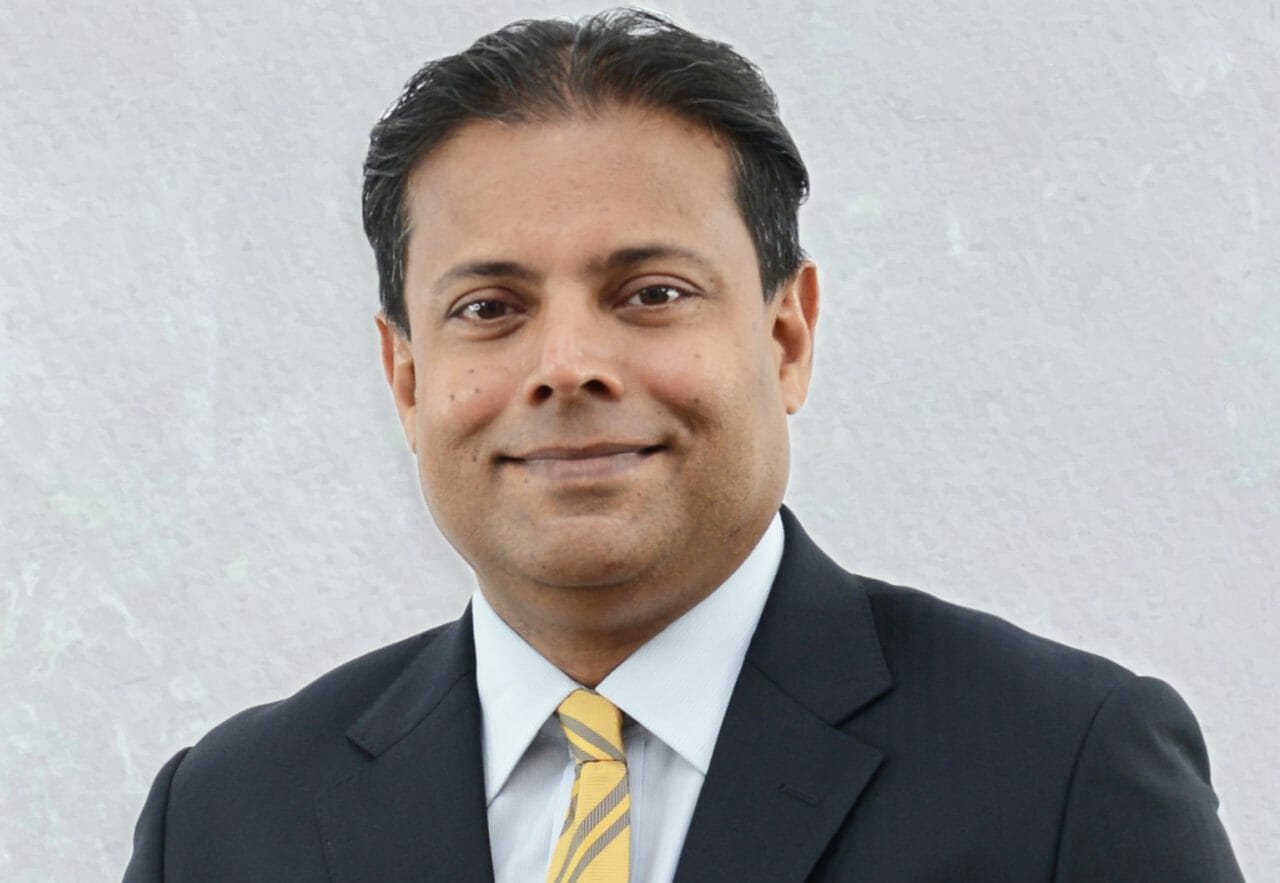Global sustainable net fund flows, buffeted by a combination of political pushback in the U.S., greenwashing shake-out in the EU and fallout from the Ukraine-Russia conflict, saw net inflows declining by 70% YoY in 2022.
However, investment flows towards energy transition continued to rise, hitting USD1.1 trillion (+31% YoY), with renewable energy and electrified transport a combined 87% share.
Maybank IBG Sustainability Research cited that among notable headlines on the subject in the region include Singapore’s Government Chief Sustainability Officer (CSO) coordinating national initiatives to achieve the country’s Green Plan 2030 – a similar role in Malaysia is underway and listed as a government priority given broad but unintegrated step-up in sustainability initiatives and targets over the last 18 months.
The aspect of Carbon credits (CC)/offsets are also in focus following critical media reporting and inaugural CC auction by Bursa Carbon Exchange (BCX).
1Q23 Malaysia Sustainalytics Scoring
Maybank Investment Banking Group (Maybank IBG) said in reviewing the 2022 quarterly trend or Sustainalytics risk scores for our Malaysian stock coverage, overall bias was positive, with certain sectors such as Banks, Consumer, Gaming and Gloves seeing significant and broad improvements in scoring.
Maybank Investment Bank Malaysia and Regional Head of Equity Research Anand Pathmakanthan said significant rating improvement was noted for stocks in high carbon-emitting sectors such as O&G and Utilities with salient company’s include Bumi Armada, Dialog, Yinson, Velesto, MFCB, while two negative standouts were Inari (ESG targets/standards) and Cahya Mata (governance).
The latter’s risk rating recovered to “High” in 1Q23 (from “Severe” previously) on improvements in both exposure and management scoring. ViTrox and Eco World Dev. also improved in risk rating category, from “Medium” to “Low”, while Tenaga’s score improved -6.3, to 31.8, though risk rating is still High.
Although sustainability-driven fund flows and returns from ESG benchmarked indices were lower in 2022, investment flows toward energy transition remained on an uptrend. As per BloombergNEF (BNEF), the global energy transition investment in 2022 was USD1.1 trillion, an increase of 31% YoY, with renewable energy and electrified transport accounting for 87% of the investments.
The other important trend in 2022 was those investments towards fulfilling energy demand for the first time breached 50% i.e. it formed 50.5% of total investments vs. 45% in 2021 and nil until 2013. Energy demand includes electrified transport, electrified heat and sustainable materials. Investments towards energy storage was USD15.8b (+47% YoY), carbon capture & storage was USD6.4b (+171% YoY) and hydrogen was USD1.1b (+227% YoY).
In terms of geographies, Asia Pacific, driven by China, accounted for 59% of global investments; Europe, Middle East and Africa (EMEA) was 24% and Americas was 17%. China, at USD546b, formed 49% of the 2022 global energy transition investments.
Against this mixed sustainable fund flow backdrop, key underlying developments over 1Q23 in the global and domestic sustainability/ESG sphere were cited as:
Carbon offsets ecosystem under increased scrutiny
Carbon credits and Voluntary Carbon Markets (VCMs) were thrust into the spotlight following media reports which questioned the quality of carbon credits and the related need for greater transparency. While voluntary carbon credits support specific projects, it appears that they only involve a small percentage of the sales proceeds, with the rest going to intermediaries such as traders, governments and registries. The issue here being companies are likely to be using “phantom credits” and do not represent genuine carbon reductions, meaning these credits has had no benefit to the climate.
In any case, Maybank IBG said, more regulation of VCMs is likely, both to improve the underlying quality / effectiveness of carbon credits on offer as well as to provide greater distinction between voluntary and sovereign carbon credits.
Bursa Malaysia’s inaugural carbon credit auction
Closer to home, Bursa Malaysia via its subsidiary Bursa Carbon Exchange (BCX) carried out the nation’s inaugural carbon credit auction on March 16th, with 15 buyers from various industries purchasing a total of 150,000 Verified Carbon Standard (Verra)-registered carbon credits.
The auction facilitated the price-discovery of carbon credits from two new products offered by the BCX — the Global Technology-Based Carbon Contract (GTC; carbon credits from the Linshu Biogas Recovery and Power Generation Project in China) and the Global Nature-Based Plus Carbon Contract (GNC+; carbon credits from the Southern Cardamom Project, which is a REDD+ project from Cambodia).
Successful bidders including a wide range of local banks and corporates, and the price discovery is expected to incentivise local project owners to develop carbon credit projects, helped by a government MYR10m seed funding incentive.
Less positively, outside observers have noted that all credits were sold at the minimum reserve price set by Bursa (with Bursa itself being a purchaser), underscoring the fact that Malaysia has no large pool of domestic carbon buyers and sellers, and also no supporting regulatory framework such as a carbon tax. The current modest carbon market ecosystem consists of carbon credit project developers, local certifiers and sellers, including projects supported by state governments.
These projects are often transacted through direct negotiations between buyers and sellers, given the longer time frames involved and the various tiers of value add / pricing generated depending on the inclusion of other sustainable development goals (SDGs) – hence, not amenable to trading on a standardised spot carbon market like BCX which, if not supported by appropriate government policy (i.e. carbon tax, termination of carbon fuel subsidies) and regulatory infrastructure, appears destined to conduct only a modest share of the country’s carbon credit trading.










